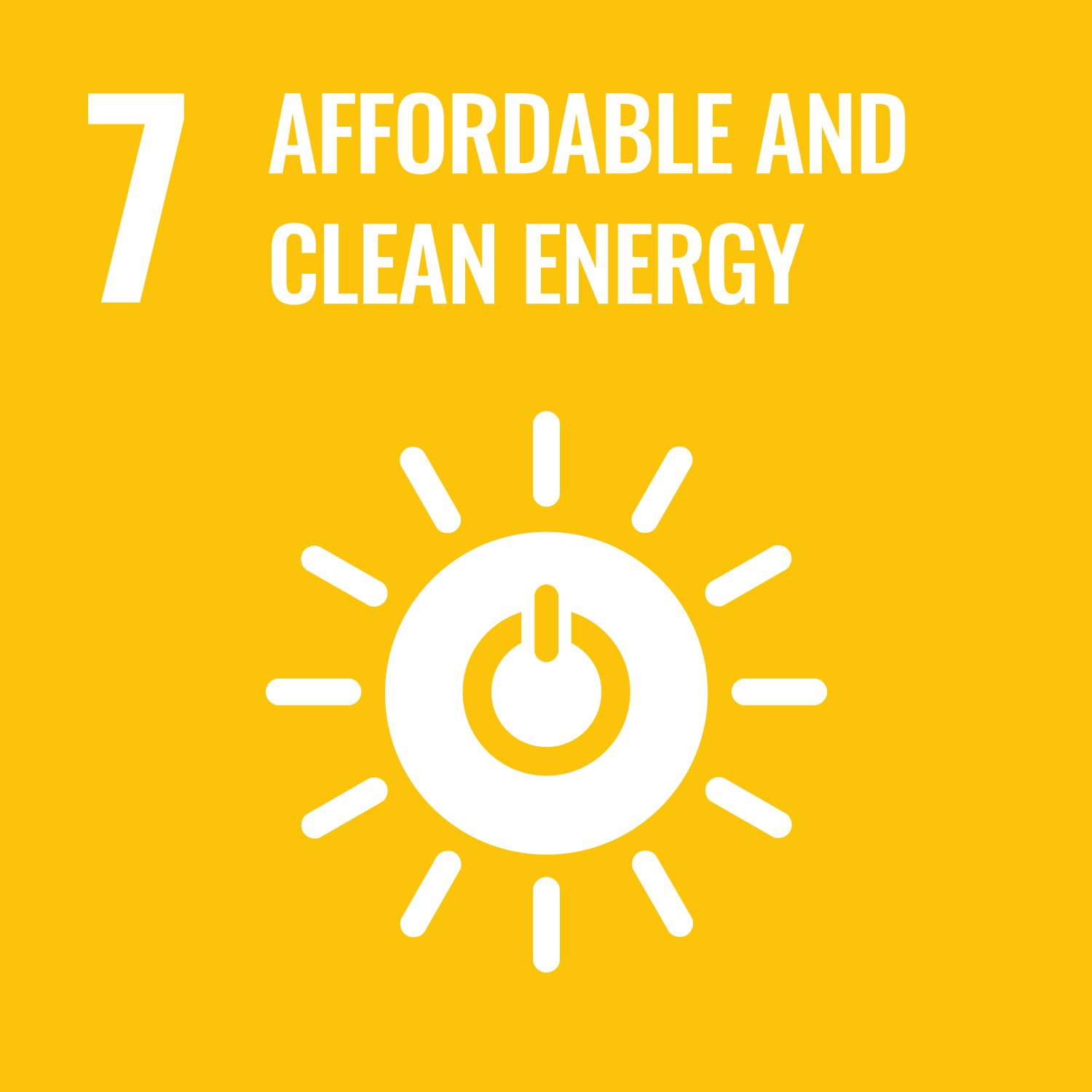Experiment and Practice in Mechanical Engineering
This course as well as "Experiment in Mechanical Engineering" deals with several kinds of engineering experiments related
to the fundamental topics in the mechanical engineering fields (Mechanics of Materials, Hydrodynamics, Thermodynamics, Mechanical
Vibrations and Control Engineering). Students control experimental apparatuses by themselves and recognize the physical phenomena.
Students have to attend the first lecture. For reference, the themes conducted in 2019 are introduced as follows.
Students have to attend the first lecture. For reference, the themes conducted in 2019 are introduced as follows.
The objective of this course is to equip the students with the skills necessary to conduct engineering experiments. It includes
・recognizing various physical phenomena
・understanding general principles of measurement systems
・performing basic data analysis
・recognizing various physical phenomena
・understanding general principles of measurement systems
・performing basic data analysis
- Ability to conduct basic experiments related to mechanical engineering using the measurement system
- Ability to use appropriate graphs or tables to display and interpret results
- Ability to analyze and interpret experimental data using software used by mechanical engineers
- Ability to discuss the experimental results
| Class schedule | HW assignments (Including preparation and review of the class.) | Amount of Time Required |
|---|---|---|
| Orientation Schedule, grouping, grading, general precaution and precaution for each theme. The handout summarizing the detailed schedules is distributed to all students at the first lecture. |
Read the general lab manual for Experiment and Practice in Mechanical Engineering. | 20minutes |
| Each group conducts the following themes in accordance with the schedule. Students need to prepare their lesson referring to following. Reports should be submitted within one week from the date of completion of experiment. Submitted reports are checked by teaching staff. Students have to resubmit the corrected report by the specified day. All the reports have to be submitted to pass the course. | ||
| (1) Mechanical vibration(Saeki) This experiment demonstrates the harmonic response of a system having one degree of freedom. Students learn data acquisition, vibration measurement techniques and application of the knowledge to solving vibration problems. |
Read the lab manual for the theme. | 20minutes |
| Analysis of data and reporting of experimental results | 245minutes | |
| (2) Measurement of boundary layer along a plate (Tsunoda) When a viscous fluid flows along a solid object, a narrow region in which the fluid velocity changes rapidly is formed adjacent to the solid surface. This region is called a boundary layer. The boundary layer which relates to mass and heat transfer between the fluid and the object is one of the important phenomena in fluid mechanics. In the present experiment, students will measure the velocity profiles in the boundary layer on a flat plate in a uniform flow and compare them with theoretical results. The aim of this experiment is to understand the concept of the boundary layer. |
Read the lab manual for the theme. | 20minutes |
| Analysis of data and reporting of experimental results | 245minutes | |
| (3) Boiling heat transfer (Yahagi) Effective utilization of thermal energy is one of the important tasks of mechanical engineering. In order to use the thermal energy effectively, it is very important to know how heat is transferred. In this experiment, we will study a heat transfer mechanism by using the boiling heat transfer phenomena utilizing phase change. |
Read the lab manual for the theme. | 20minutes |
| Analysis of data and reporting of experimental results | 245minutes | |
| (4) Measurement and control of DC motor characteristics (Uchimura) Many motors are used in the most advanced machines such as hybrid cars,robots and home electric appliances such as vacuum cleaners and washing machines. In order to realize the operation in the mechanical system using motors, control system considering the characteristics of the motor is indispensable. In this experiment, the operation principle of the DC motor and the physical law which combines electromagnetic force and mechanical force are studied. The characteristics of the control object are clarified by identifying various parameters related to the characteristics of the motor. In addition, the purpose is to experimentally learn the process which improves the speed response and steady deviation of the system by the gain design of the feedback controller. |
Read the lab manual for the theme. | 20minutes |
| Analysis of data and reporting of experimental results | 245minutes | |
| (5) Ultrasonic characteristics and nondestructive inspection(Sakaue) Ultrasonic measurement is widely used for nondestructive inspection in engineering feild. In this experiment, the propagation characteristics of ultrasonic in solid material is theoretically studied and is confirmed by experimental measurement. Then, ultrasonic charactristics is applied to nondestractive inspection. |
Read the lab manual for the theme. | 20minutes |
| Analysis of data and reporting of experimental results | 245minutes | |
| (6) Flow in pipe and friction loss (Suwa) In designing of fluid transport system, pumps should be properly selected based on the evaluation of friction loss head against flow. In this experiment, tube friction losses in circular tube in laminar, turbulent and transient region are measured, and the relation between the friction factor and the Reynolds number is studied. This relation is studied also theoretically. |
Read the lab manual for the theme. | 20minutes |
| Analysis of data and reporting of experimental results | 245minutes | |
| (7) Hardenability of steels (Matsuo) Steel is the most important material in mechanical engineering. Mechanical properties of metals (including steel) can be improved by heat treatment. In this experiment, hardenability of few steels are compared by Jominy test. Through that, you will empirically understand that change in hardness, test methods, and so force. |
Read the lab manual for the theme. | 20minutes |
| Analysis of data and reporting of experimental results | 245minutes | |
| (8) Experimental evaluation of combined heat transfer (Yamada) As engineers, it is important to understand the heat transfer. For understanding, we need to categorize heat transfer into three main heat transfer modes. Then, we can use the rate equations that quantify the amount of energy in each mode. In this experiment, students will learn heat transfer modes, principle of temperature measurement and how to categorize heat transfer in one dimensional system. |
Read the lab manual for the theme. | 20minutes |
| Analysis of data and reporting of experimental results | 245minutes | |
| - | - | 2140minutes |
| Initial submitted report | Final report | Total. | |
|---|---|---|---|
| 1. | 12% | 12% | 24% |
| 2. | 12% | 12% | 24% |
| 3. | 13% | 13% | 26% |
| 4. | 13% | 13% | 26% |
| Total. | 50% | 50% | - |
The grade weights are
(1)Initial submitted the report, Experiment note etc. : 50 points
(2)Final report:50 points
Scored larger than 60 points will be passed.
Late reports submitted at first time will be down graded 20 points.
Late reports without permission will be down graded 2 points per day.
(1)Initial submitted the report, Experiment note etc. : 50 points
(2)Final report:50 points
Scored larger than 60 points will be passed.
Late reports submitted at first time will be down graded 20 points.
Late reports without permission will be down graded 2 points per day.
The instruction produced by Department of Mechanical Engineering is distributed.
Read the textbook carefully prior to each experiment.
The pre-assignment for each theme is introduced at the first lecture.
The pre-assignment for each theme is introduced at the first lecture.
- Course that cultivates an ability for utilizing knowledge
- Course that cultivates a basic problem-solving skills
| Work experience | Work experience and relevance to the course content if applicable |
|---|---|
| N/A | N/A |




- 3.GOOD HEALTH AND WELL-BEING
- 7.AFFORDABLE AND CLEAN ENERGY
- 9.INDUSTRY, INNOVATION AND INFRASTRUCTURE
- 12.RESPONSIBLE CONSUMPTION & PRODUCTION
Last modified : Thu Aug 05 04:03:20 JST 2021

